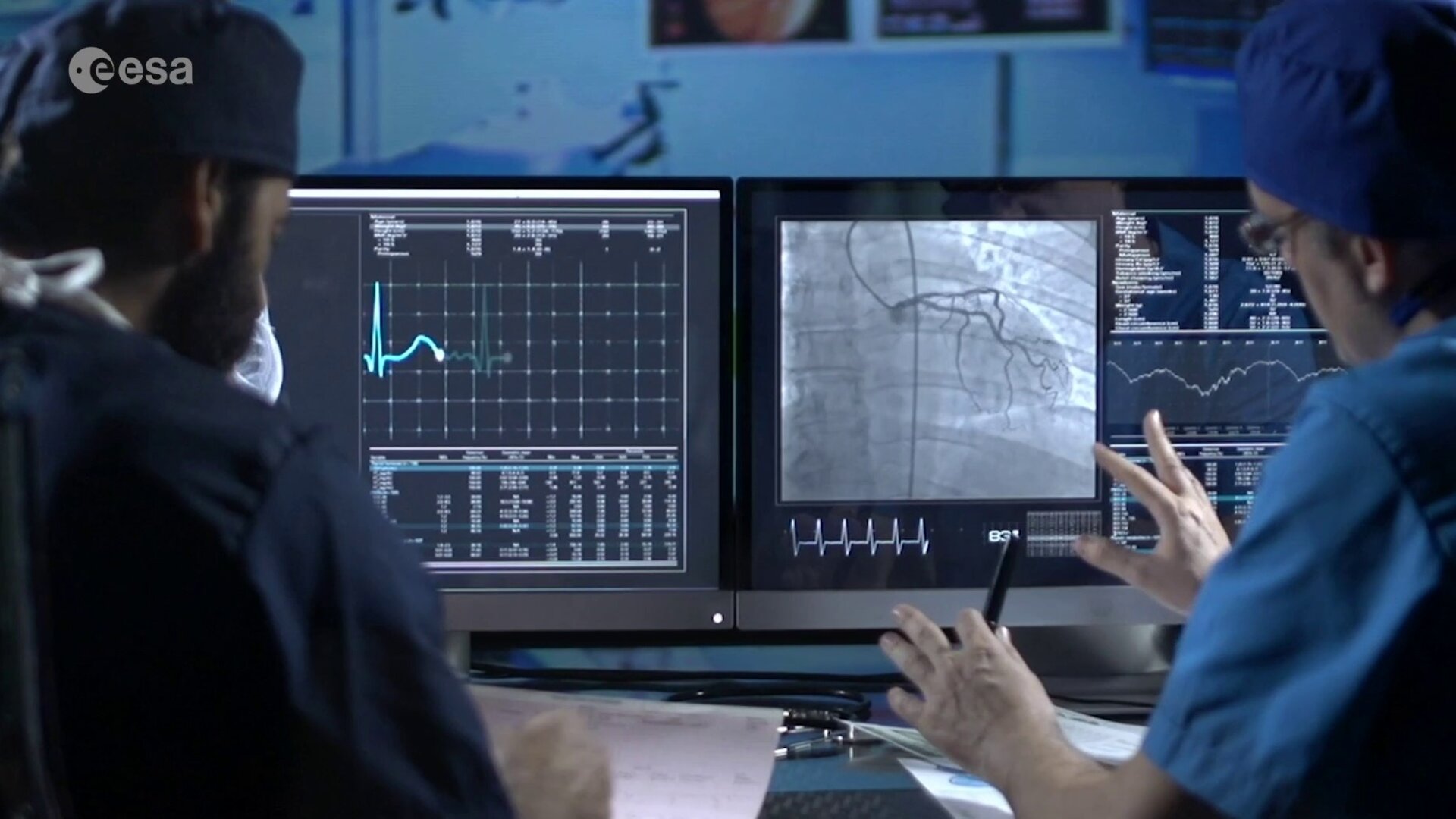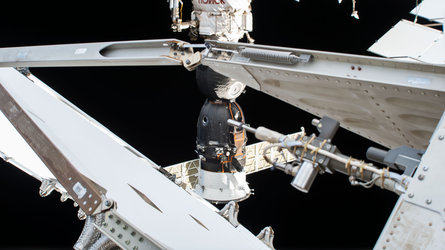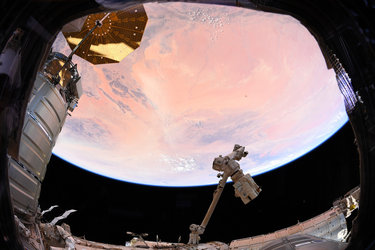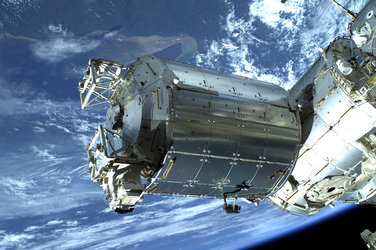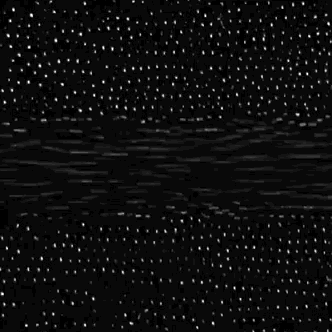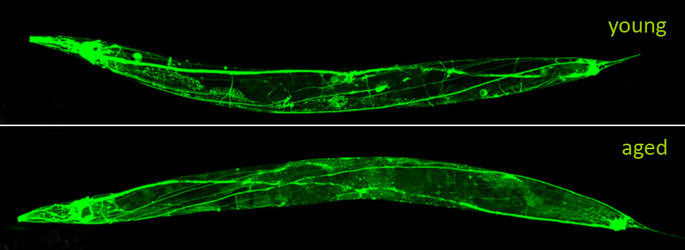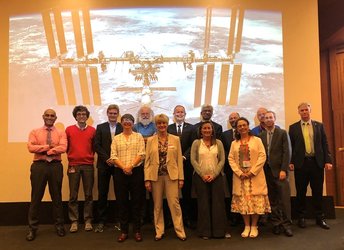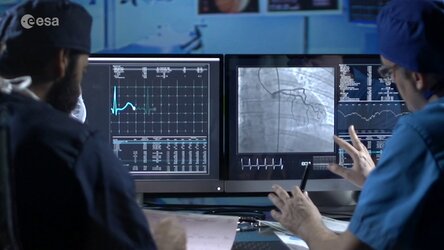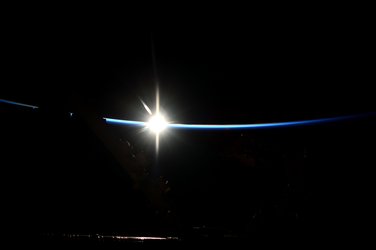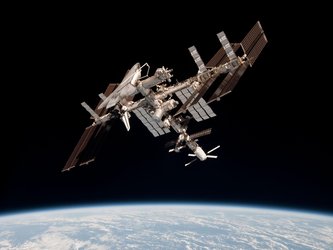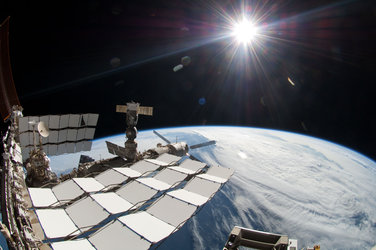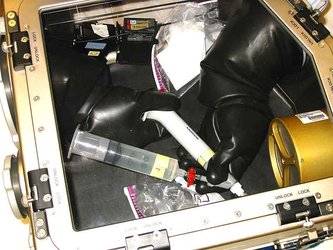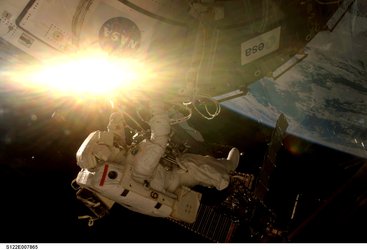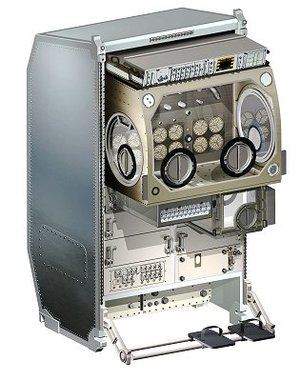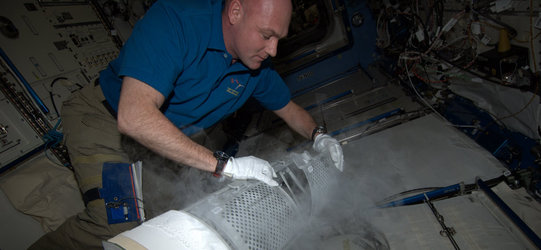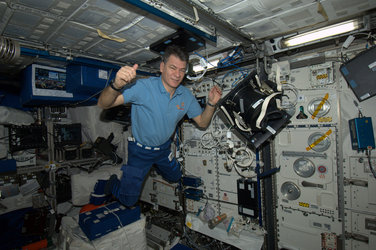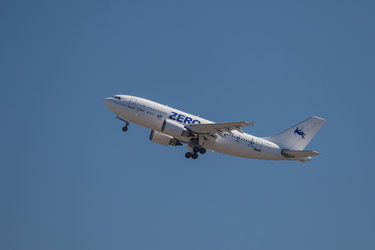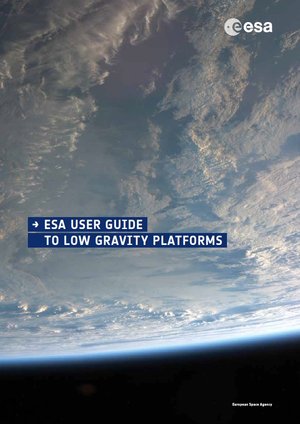New research opportunities on International Space Station
European research has been a part of the International Space Station since the very first expeditions to our orbiting science facility in 2001.
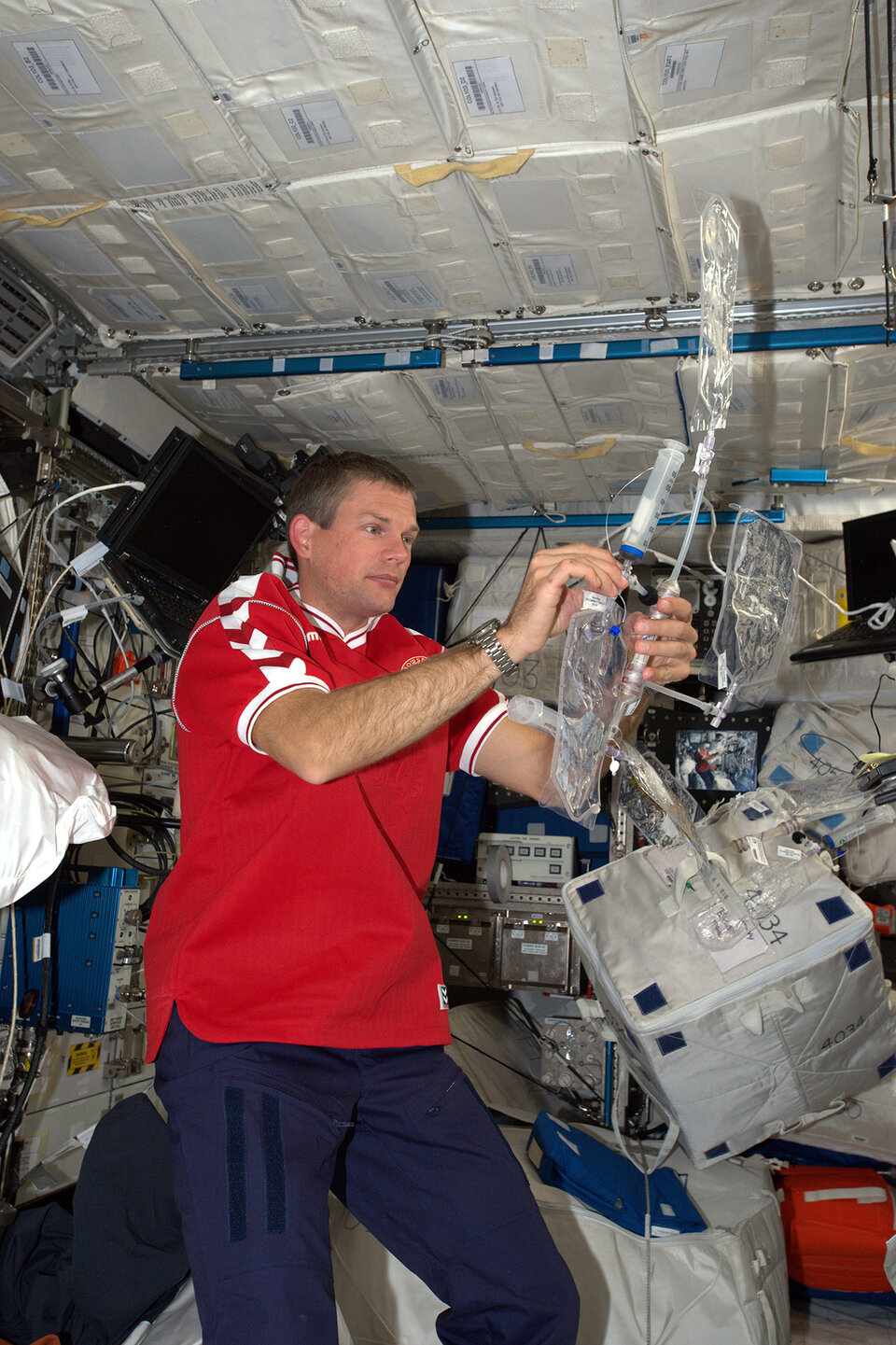
“ESA regularly announces new research opportunities to conduct experiments that are out-of-this world. We are very pleased to be able to offer these new opportunities from the Life as well as Physical Sciences area that will hopefully unveil exciting discoveries,” says Jennifer Ngo-Anh, ESA’s head of human spaceflight research.
Shorter missions, different science
Astronauts have generally spent six months on the Space Station in the last few years but the international partners that run the research platform are looking to do more one-year missions as well as short-duration missions. With new flight opportunities on the horizon for astronauts on both longer and shorter flights ESA is looking for experiments that can be conducted in two months or less.
Investigating how the human body adapts to life in space is crucial to better understanding the complexities of exploring our Solar System. European research discovered that at a cellular level it only takes 42 seconds for organisms to return to normal after being exposed to weightlessness. Why this amount of time and what processes are involved remain open questions - especially when it comes to the entire human body.

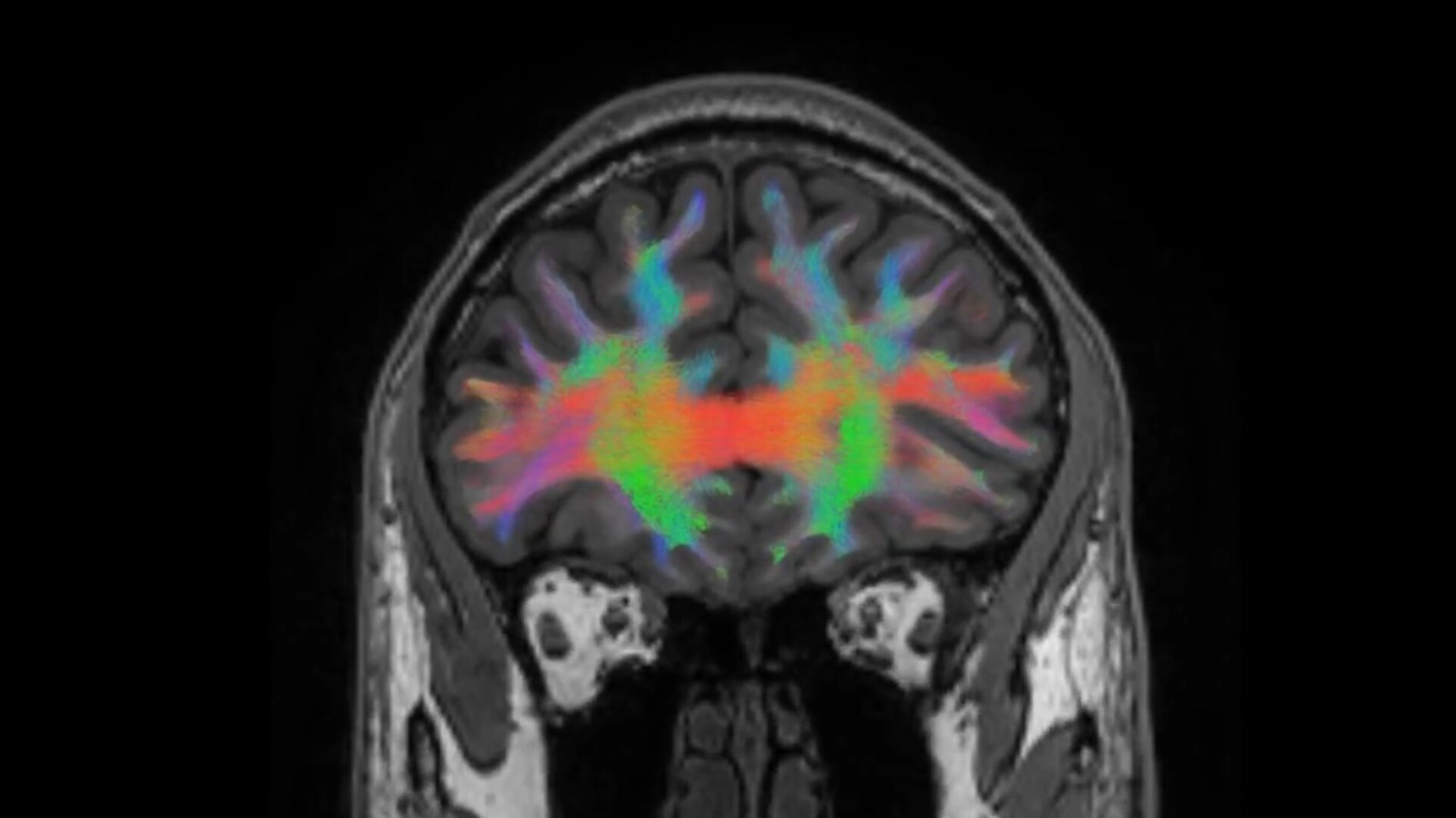
Access the video
For this reason, more research proposals for studying astronauts before and after their flights are required. When we send humans to Moon or Mars, astronauts will be exposed to different levels of gravity and will need to adapt or risk the entire mission. The immediate period when an astronaut returns to Earth from the International Space Station is particularly ripe for scientific insights and recommendations.
For example, continuous research into astronaut’s brains before and after flight has hinted that they make new neural connections in space that linger long after returning to Earth, possibly forever. More research needs to be done to fully understand the changes to the human body so astronauts are prepared to work efficiently on the Moon and Mars.
Floating metallic alloys
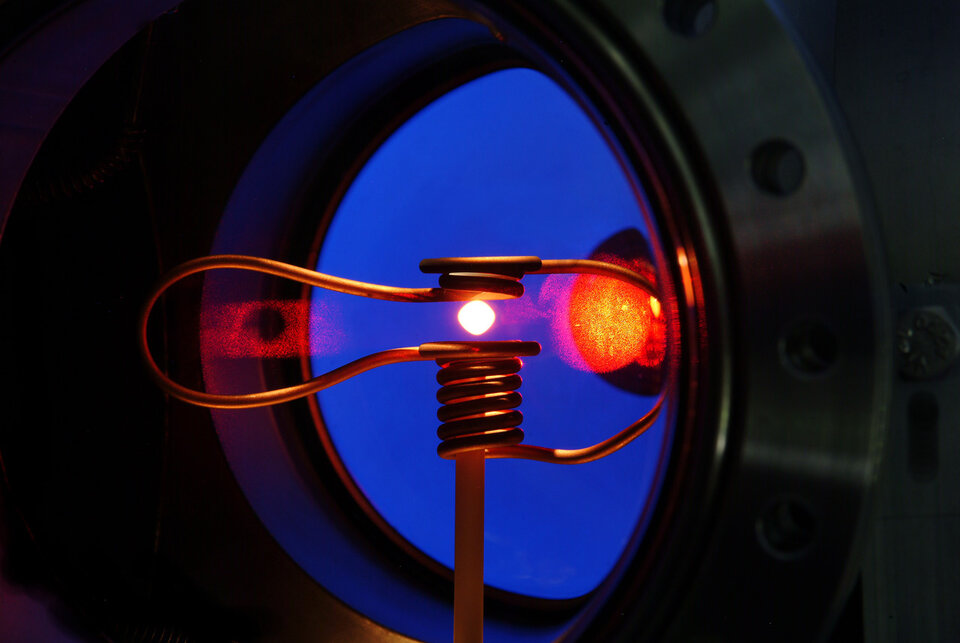
ESA has an electromagnetic levitator in Europe’s Columbus space laboratory that can heat and solidify metals as they float in weightlessness. Removing gravity and the metal’s container from the equation allows researchers to investigate the processes of how metals form in greater detail.
Industry is eagerly pursuing the results from experiments run in this space furnace as they continuously seek to optimise their metal casting techniques on Earth. Light-weight, high-performance materials are part of the space age but require a deep understanding of the microstructures that occur when metals are cast. The electromagnetic levitator allows for better mathematical models, resulting in new materials to be produced on an industrial scale on Earth.
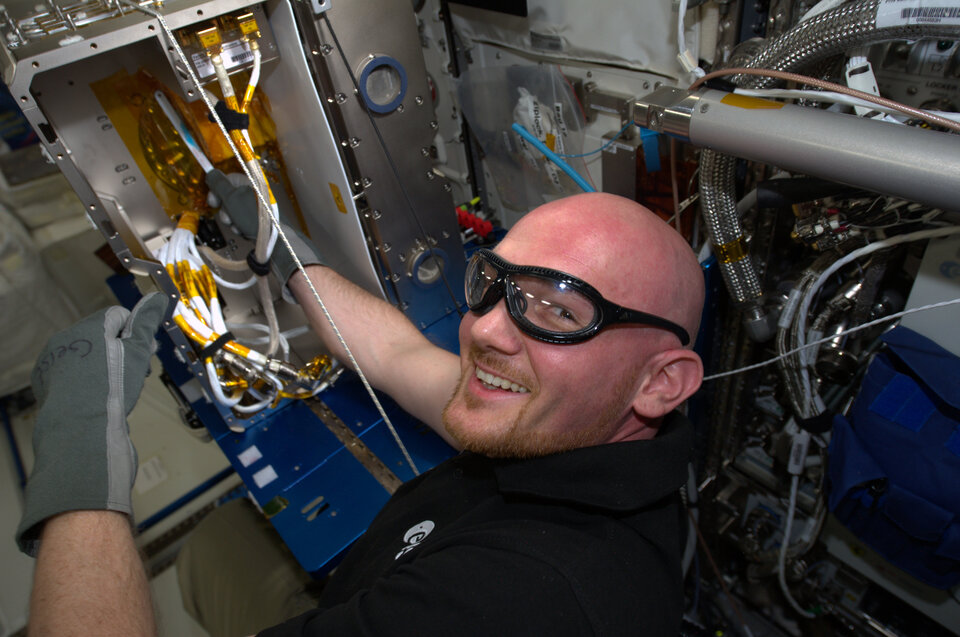
What experiments would you put forward for the International Space Station? Visit our research announcement page for details on how to send in your proposal.
Science is everywhere at ESA. As well as exploring the Universe and answering the big questions about our place in space we develop the satellites, rockets and technologies to get there. Science also helps us to care for our home planet. All this week we're highlighting different aspects of science at ESA. Join the conversation with #ScienceAtESA.


